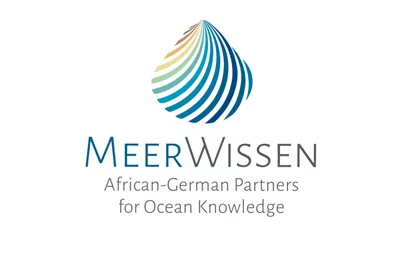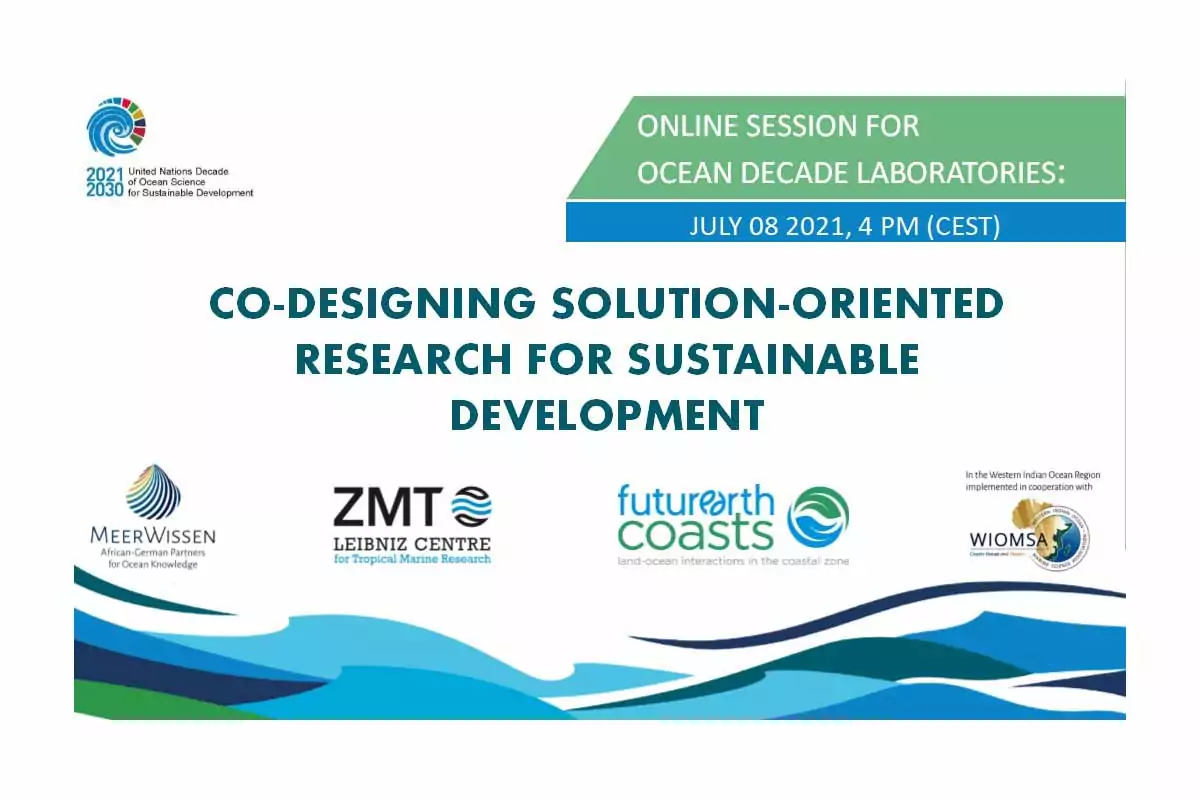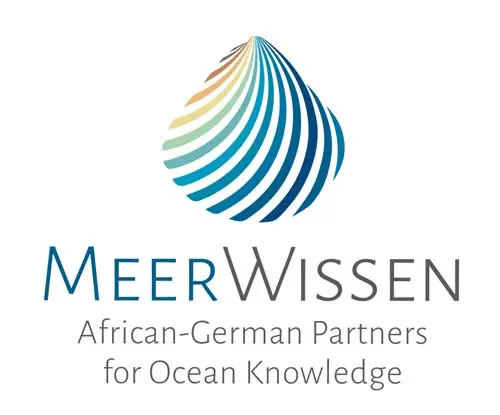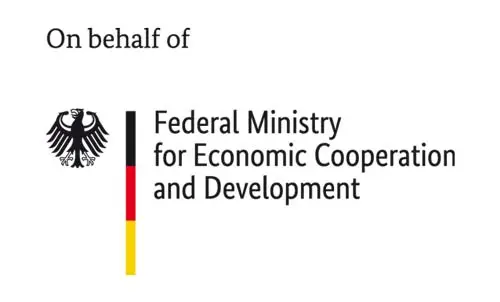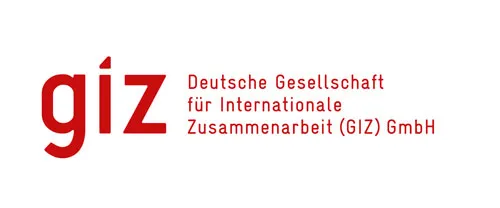The virtual event “Co-designing solution-oriented research for sustainable development – creating guidance for research projects and partnerships” on 8 July as part of the UN Ocean Decade Laboratory “An Inspiring and Engaging Ocean” promoted the need for a transformation in ocean science. To advance the ocean science agenda and research partnerships for sustainable development, more than 60 participants discussed how co-design in projects can be advanced. The online session highlighted the importance of a co-design approach for solution-oriented research in line with the Agenda 2030 and built knowledge and practice of co-design to support collaboration and a science-to-policy uptake.
The keynote was delivered by Professor Gabriele Bammer (Australian National University) and provided an overview about transdisciplinary research and co-design. She highlighted the importance of solution-oriented research but also pointed towards the complexity of co-design and its imperfections. “We want to integrate what we can, and manage what we can’t”, said Bammer. She also mentioned that we still need to develop tools for integration, which led the event into its next part, the four input sessions with a focus on the co-design process.
In the first session Associate Professor and Director of the Centre for Sustainable Development at the University of Liberal Arts Bangladesh, Prof. Samiya Selim, gave insights into the development of a common understanding and a shared vision in the co-design process. Selim presented her study “Reflections on participatory and transdisciplinary marine research approaches” and its 4 key insights. Selim also briefly mentioned her observations regarding the differences between science in the Global North and the Global South, referring to the former as “academic thinker” and the latter as “activists”. In the Global North scientists tend focus on methods, conceptual frameworks and academic literature where in the Global South there is a deep understanding of the multidimensional aspects of the problems, a stronger linkage to the ground level, access to field networks and a great interdisciplinarity. As scientists are trying to have a common vision and understanding, it is important to be mindful of such differences.
The second input was about stakeholder engagement. Lysa Wini-Simeon, PhD researcher with the University of Strathclyde on Customary law and ocean governance from the Solomon Islands, gave a deep insight into stakeholder engagement while leading a marine spatial planning process in a highly diverse (culturally, socially, biologically) setting. Using a narrative (“ocean story”) as a vehicle for engagement of diverse stakeholders, she described the process with local communities and governments and contributed its success to the patience and motivation to understand each stakeholder. According to Wini-Simeon, as we embark upon negotiations at the international level, we must remember that strategies designed for the next decade must work for those who walk on paved streets, and those who paddle in canoes and walk on dusty roads equally.
During the third input, Dr. Anna Zivian, a senior research fellow at Ocean Conservancy, introduced the topic of communication in science. Communication is important both in designing and developing the research, as well as in designing ways for the research to result in action, according to Zivian. Her principle is to broaden the base of the “we” from academic scientists to the people directly affected by how we engage with the ocean and coasts. Zivian emphasized that we must be particularly aware of voices historically excluded and to develop a common language for everyone.
The fourth input was about sustainability of research projects. Dr. James Kairo, Chief Scientists at the Kenya Marine and Fisheries Research Institute, explained how scientific structures and a continuation of activities were ensured in the mangrove research program in Kenya. In this context Kairo quoted an African proverb: “If you want to go fast, go alone. But if you want to go far, go together.” Projects can be sustained by engaging diverse stakeholders, for example government support, civil society, private sector, local communities and donors, according to Kairo and pointed to a key element, namely building trust, which takes time and requires flexibility.
Insights on shared vision, stakeholder engagement, communication and sustainability
The participants discussed in four interactive sessions how co-design in partnership projects can be supported.
The first discussion group talked about the development of common understanding and a shared vision in the co-design process. How can project partners collaboratively develop the concept of the project, agree on the process and methods, and identify the desired outcomes (science, society, policy)?
Some key findings:
- The recipe for successful partnership projects is trust, mutual respect, joint visions and dependence, little power asymmetries, sufficient time to build social rapport, long-term relationships and freedom.
- The global may not be aligned with regional priorities. To be open to meet the needs of ocean dependent people requires an open space. Pull-collaboration instead of push-collaboration is necessary.
- Partners need to find visions that do not actively conflict with one another and need to share the same interests, based on what the project is about.
- There is a need to work with people you trust. Partners don’t need the same opinion but a common target and the same energy.
- Partners need to create a mutual and common goal and address it using different methods from different backgrounds.
- Tools change depending on composition of partners. Partners need to define power and agendas and subsequently design communication.
The second discussion group talked about stakeholder engagement, in particular about collaboration, equal rights, distribution of roles, research ethics and strategy implementation.
Some key findings:
- The recipe for successful stakeholder engagement is to identify opportunities for engagement, e.g. conflicts as point of departure, clarify meanings of terms and language, acknowledge and respect diversity and view conflicts as a healthy process.
- A preparatory stage is key. Possible avenues should be opened, but decisions on engagement are left up to stakeholders.
- Different stakeholders need to have or develop shared values and common ground, both in research and in the co-design phase.
- A stakeholder analysis is key to include both the marginal and sidelined and the more powerful stakeholders.
- Be mindful of power dynamics – and consequences of empowering particular stakeholders in stakeholder mapping and engagements (“ethics of interference” as well as “ethics of non-interference”)
The third discussion group talked about communicating science to policymakers and identifying challenges posed by digital communication.
Some key findings:
- Good communication is context-dependent and needs stakeholder-”targeted” formats
- Humility and willingness to listen to and to follow the lead of other perspectives on knowing is key for a successful communication in science. It needs adaptivity and willingness to share perspectives.
- A mix of different communication tools is necessary to translate scientific findings into meaningful policies.
- Continuous feedback on project progress allows for plenty of time for dialogue amongst all partners to manage expectations and be respectful to different voices and opinions, which are key elements of successful communication in science.
- Partners need to figure out the different levels of interest at different stages of research → one-way communication or no feedback.
The fourth discussion group talked about maintaining scientific structures beyond the end of the project and creating a sense of responsibility, especially in cooperation projects between the global North and the global South.
Some key findings:
- To achieve impact and sustainability well-working teams have to be created from the beginning, even before project inception and funding needs, to be sustainable.
- The project conception needs to be inclusive for as many stakeholders as possible. It has to be ensured that at least the project philosophy remains or is taken up.
- The idea of project sustainability needs to “seep” into the minds of donors and project funders – measures to address this needs to be implemented at higher levels.
- Local communities need to be included at a very early stage. Sustaining activities with self-financing later on can rely on income-earning activities. This means that entrepreneurs have to be engaged throughout the project.
- A guide or toolset for the community is needed to decide on which activities align with the original project goals and generated information.
- Donors and project partners need to permit the time and relationship-building required for this work. Fast, black-box approaches are not suitable. A taste for sustainable, trust-based projects from the donor side must be developed.
What will happen with the results of the online session?
The inputs, key findings and good examples gathered during the virtual event will be used to create guidance for research projects and partnerships in order to co-design solution-oriented research for sustainable development. As soon as these guidances have been developed, they will be published on the MeerWissen website.
The online session was jointly organised by the MeerWissen secretariat at the Deutsche Gesellschaft für Internationale Zusammenarbeit (GIZ) on behalf of the German Federal Ministry for Economic Cooperation and Development (BMZ), the Leibniz Centre for Tropical Marine Research (ZMT), Future Earth Coasts and the Western Indian Ocean Marine Science Association (WIOMSA).
